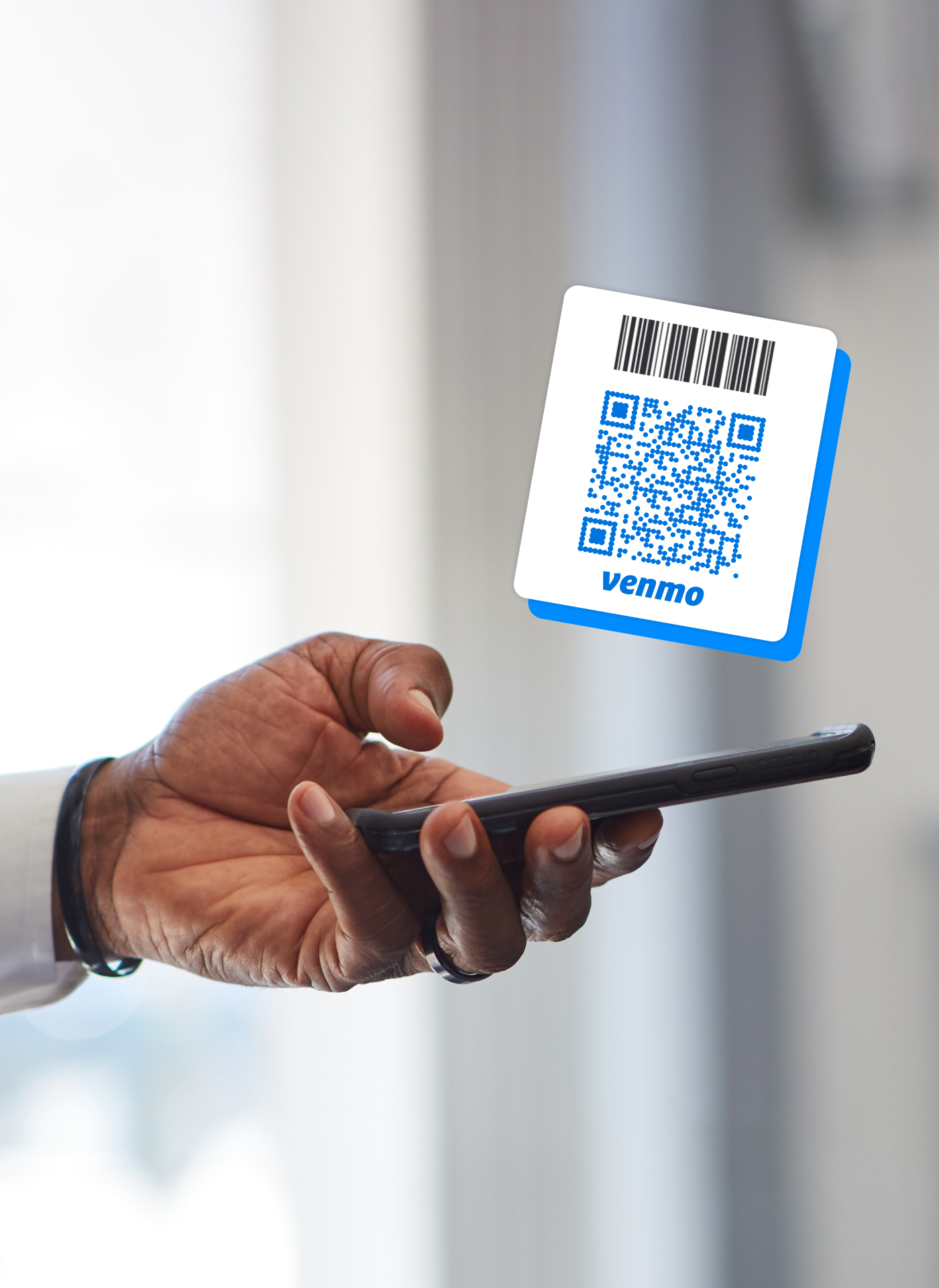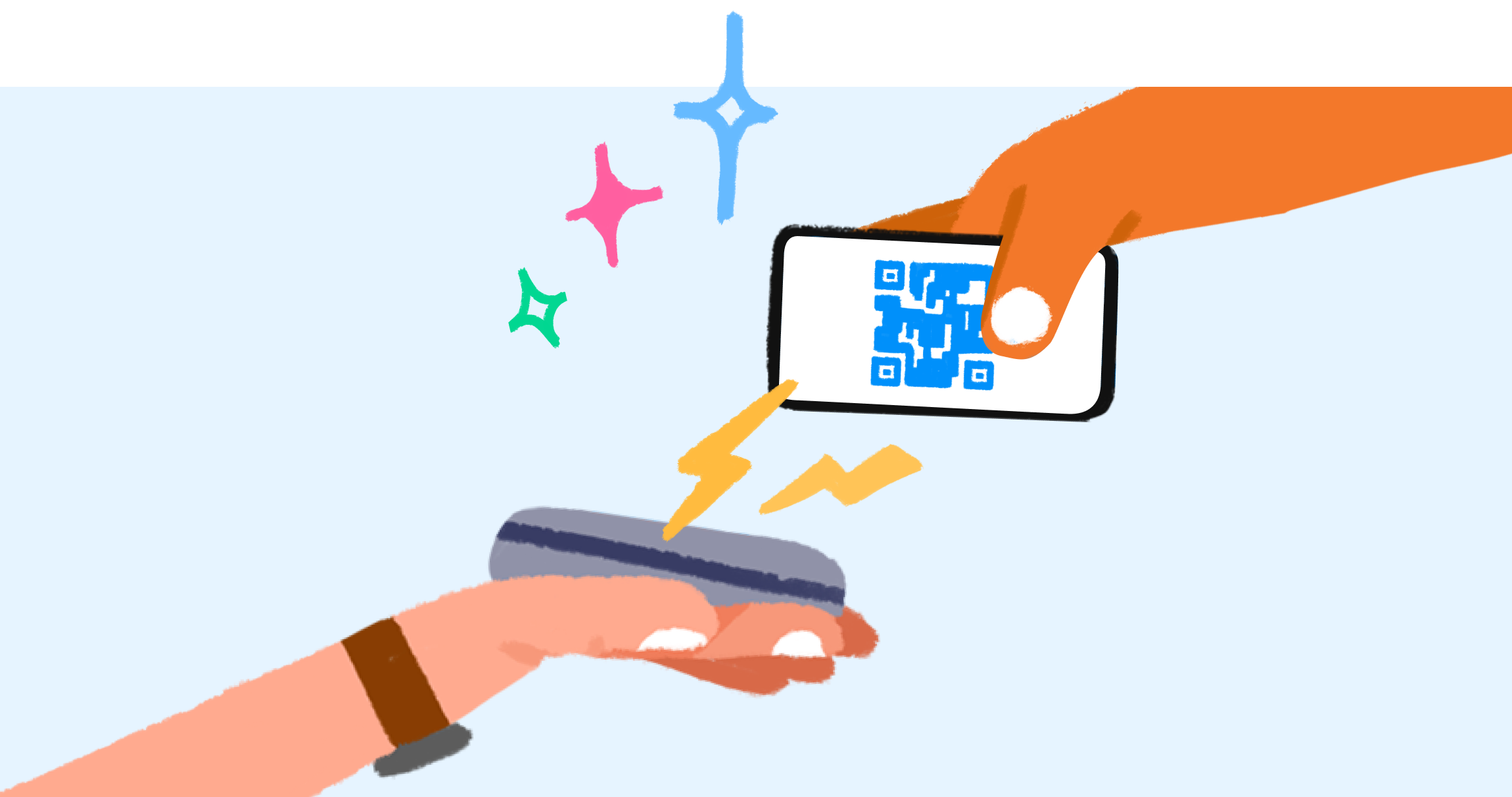Accept Venmo at your point of sale
QR codes make it easy. Venmo makes it social. Get touch-free payments in your store and shoutouts on your customers’ Venmo feeds.


All eyes on you
QR codes are more than an easy way to accept payments. With Venmo, your brand can tap into a network of over 83 million users who can choose to share their purchases on the Venmo feed.
- Image


Safe, touch-free payments
With Venmo, transactions are safe, simple, and contactless for your customers and employees. Simply scan the QR code your customers display in the Venmo app or have customers scan your QR code with their phones — even through a transparent shield.
More ways
to earn
QR codes let your customers pay with money in their Venmo account, or a linked debit or credit card. More options for your customers to spend means more opportunities for your business to earn.
